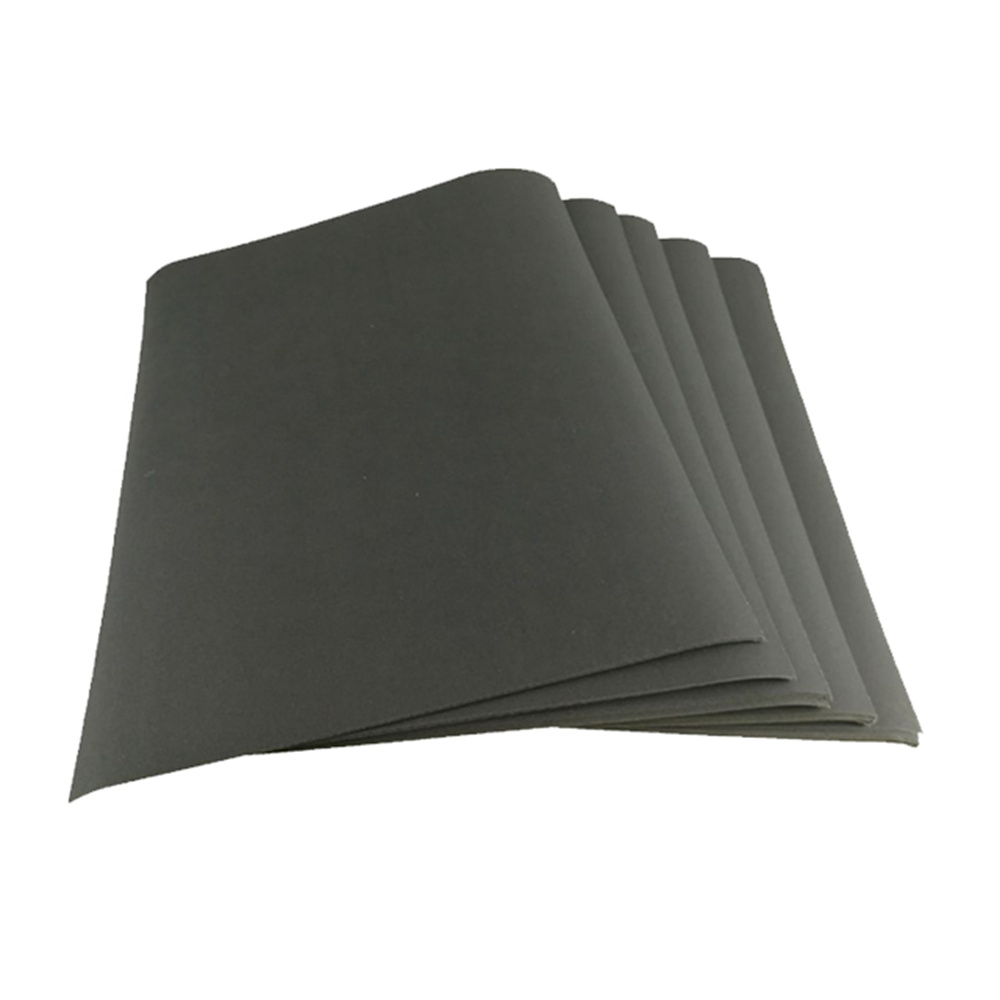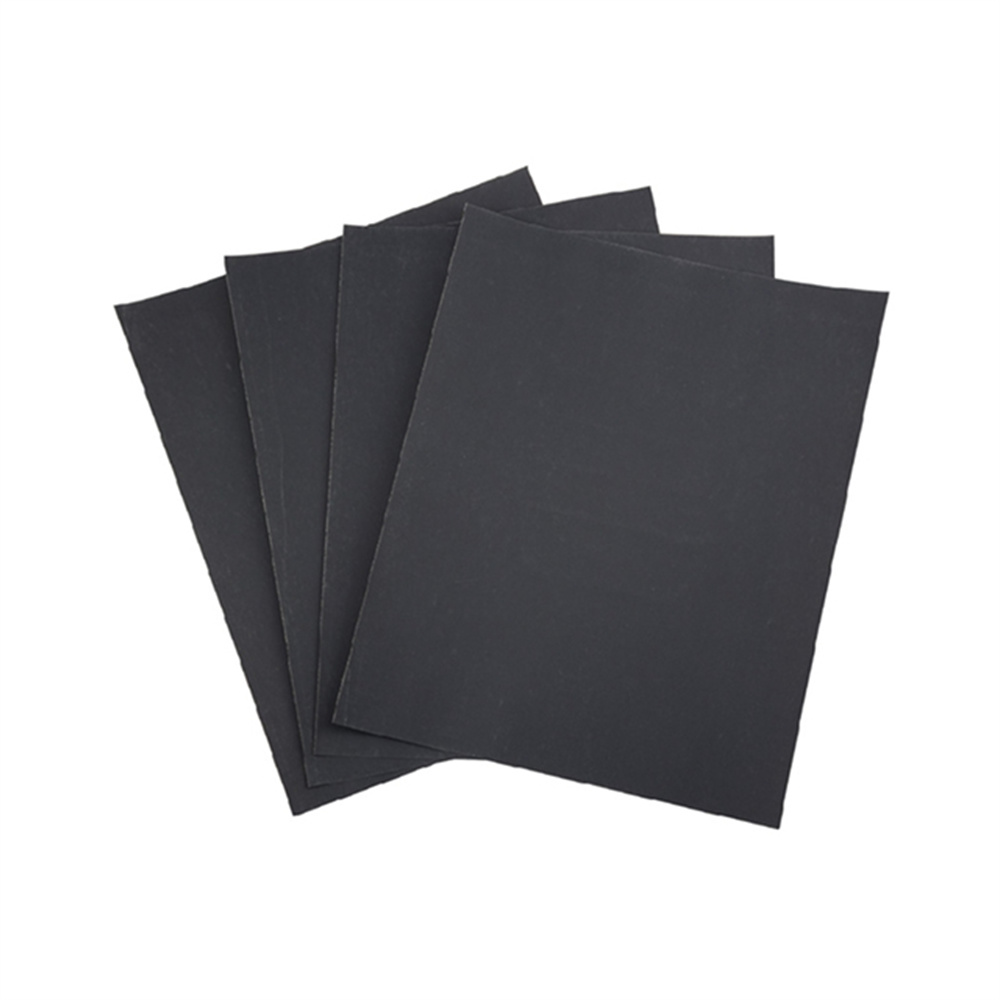Choose a good variety. Choose varieties with short growth period, strong cold resistance, late pumping, and not easy to hollow. At present, there are many varieties of radish suitable for spring cultivation, such as Baiyuchun, Chunbaiyu, Chundou 9646 and Changchun Dagen. Do the earthwork. Choose land with loose soil, 3,000 kg of fermented organic fertilizer and 30 kg of ternary compound fertilizer. Fertilize the fertilizer once before the preparation of the ground, and then plow the soil. The noodles are made into a turtle-shaped shape, which is 25 to 30 cm high and 1 m wide. Each line is two rows, the plant spacing is 30 cm, and the line spacing is 40 cm. Sowing at the right time. When cultivating spring radish, the sowing date should be strictly controlled, and it should not be planted too early, because the plant is prone to premature convulsion under low temperature conditions. In general, it should be sown when the surface soil temperature reaches 10 °C or higher. In actual production, it can be flexibly controlled according to the cultivation facilities and the selected varieties. It can be planted in the greenhouse from late January to mid-February, and harvested in early April; open-film mulching cultivation can be planted from mid-March to early April, harvested from mid-May to early June; If the shed is covered with plastic film, the sowing period can be advanced to mid-March. Seeding should be carried out with a hole, and 1 to 2 seeds per plant should be planted. The amount of sowing is 100-200 grams. Cover the 0.5 cm thick fine soil after sowing, and then cover the mulch. Field management. After 4 to 5 days of sowing, the seedlings can be emerged. After emergence, the seedlings should be inoculated in batches in time, and the seedlings grow to 2 to 3 leaves. After 20 days of sowing, the radish roots of the radish began to expand. At this time, the mud was pressed against the film break to prevent the film from being lifted up. The growth temperature of spring radish is above 12 °C. The management of the pre-growth period should be based on the heat preservation to increase the temperature inside the shed and promote the growth of the rosette leaves. In case of strong cold air, it is necessary to cover the cold. When the temperature rises in the late growth period, it should be ventilated and cooled in time. During the daytime, the temperature in the shed will be controlled at 20 °C ~ 25 °C, and the temperature in the shed will be controlled at 15 °C at night. The shed film and the greenhouse film will be gradually removed depending on the weather. After mid-April, the shed film can be removed and cultivated in the open field. Spring radish generally does not require watering during the growth process, and is only properly watered when the gully soil is whitish. In the succulent root expansion period, the radish needs a large amount of water, and it is better to use drip irrigation. If ditch irrigation is used, it should be carried out at noon on sunny days, half-ditch water should be filled, and drained 2 hours after filling. The first top dressing was carried out 30 days after the sowing, and the second top dressing was carried out in about 45 days. When topdressing, 25 kg of compound fertilizer can be used to fill the root of the liquid fertilizer with a concentration of 0.5% per acre. If the soil moisture is large, it can be applied at a distance of 10 cm from the root of the radish. Pest Control. The pests are mainly aphids and cabbage caterpillars, which can be controlled by pesticides such as chlorpyrifos and insecticides. The disease is mainly downy mildew and black rot, and it can be prevented by taking measures such as rotation and enhanced ventilation. If the drug is used for disease prevention, the downy mildew can be sprayed alternately with the drug solution such as candid, manganese, and the like, and the black rot can be irrigated with agricultural streptomycin, copper preparation and the like. Harvest at the right time. When the fleshy root diameter is more than 5 cm and weighs about 0.5 kg, it can be harvested in batches. When harvesting, leave the petiole 3 to 5 cm, cut it off after cleaning, and do not clean it if transported over long distances. (according to skill)
Product Name: silicon carbide coated multi grid abrasive sandpaper wet or dry sandpaper
Material: Silicon carbide
Size: 230mm x 280mm, 93*230mm
Substrate: Paper backing
Grit: 60#, 80#, 100#, 120#, 150#, 180#, 240#, 280#, 320#, 360#, 400#, 500#, 600#, 800#, 1000#, 1200#, 1500#, 2000#, 3000#, 5000#, 7000#
Coating: Electro coated
Feature: Waterproof, flexible, dual use, durable, cost-effective.
Application: Used for grinding and polishing metal, wood, glass, ceramics, plastic, varnish, stone, wall etc.
Grinding & Polishing Sandpaper
Soft Paper Backing / Uniform Sand / Wet & Dry Use
How to Choose Grit
From 60# to 2000#
Grit Size Introduction Suitable for
60# - 220# coarse sand, for hard and rough products Metal, wood, wall, stone
240# - 500# Frequently used, for secondary grinding Wall, furniture, stamp
600# - 1500# Fine sand, common used for grinding and polishing Metal, bodhi, amber, honeystone, jade and plastic
2000# and above Super fine, for polishing Amber, honeystone, bodhi, metal, nail, mirror polish etc.
Packing Details: 100 pcs/box, 1000 pcs/CTN.
Lead Time: For small quantity, 3-5 days after payment done.
For large quantity, can be negotiable.
Delivery Methods: by sea, air, expresses like DHL, Fedex, UPS, EMS etc.
The related abrasive products we can supply is Flap Disc Adhesive , Abrasive Flap Disc, and Flap Disc Making Machine, Flap Wheels , Flap Wheel Machine , Abrasive Sanding Disc, if you have any needs about abrasive tools, please kindly feel free to contact us.
Abrasive Sandpaper,waterproof sandpaper,Electric Sandpaper,Sandpaper Waterproof,Silicon Carbide Sandpaper Zhengzhou Jiading Abrasive Manufacturing Co.,Ltd , https://www.abrasive-jd.com


Spring radish cultivation management technology
Total 1 | <First <Prev 1 Next> Last> |
share to: